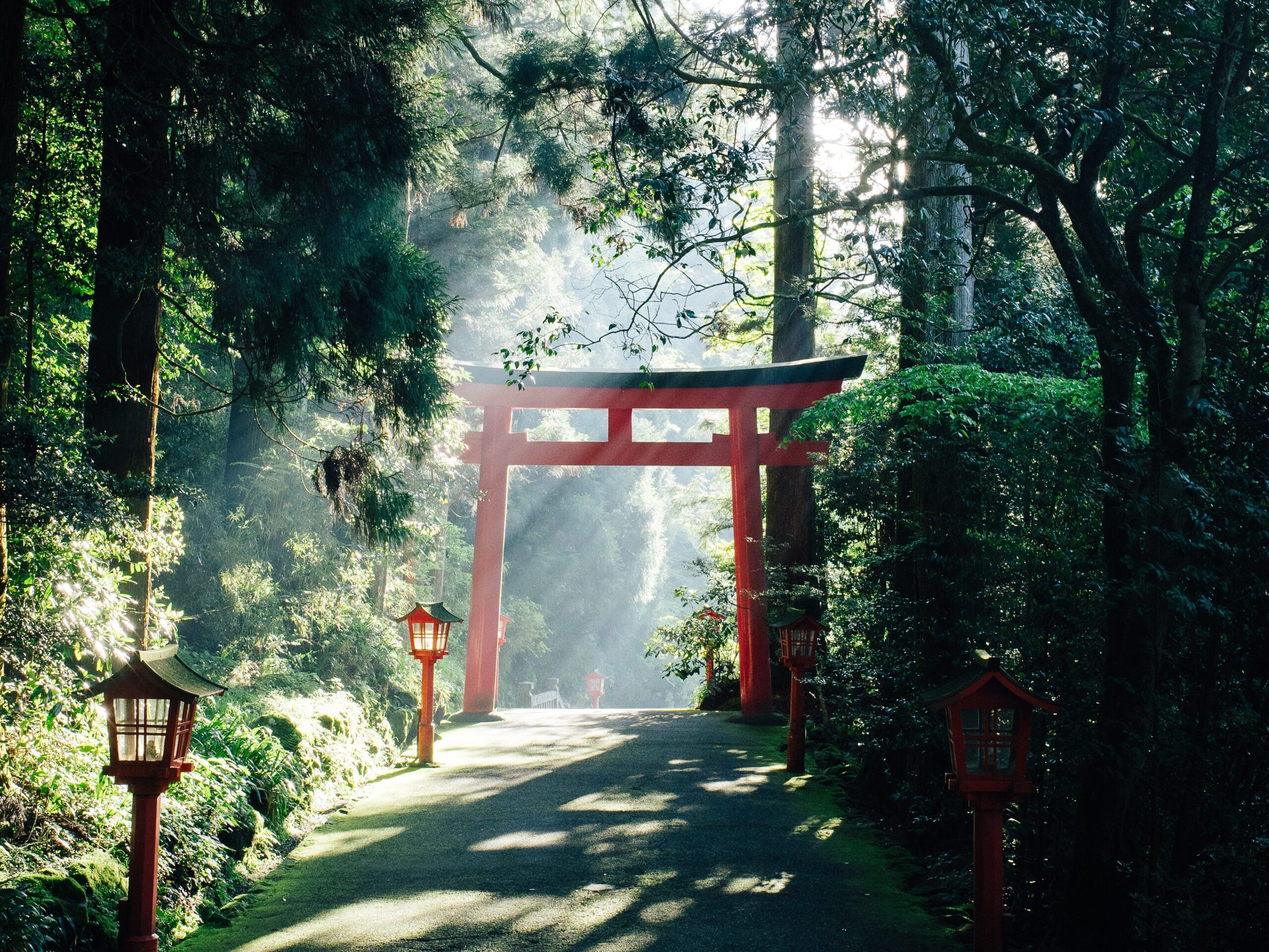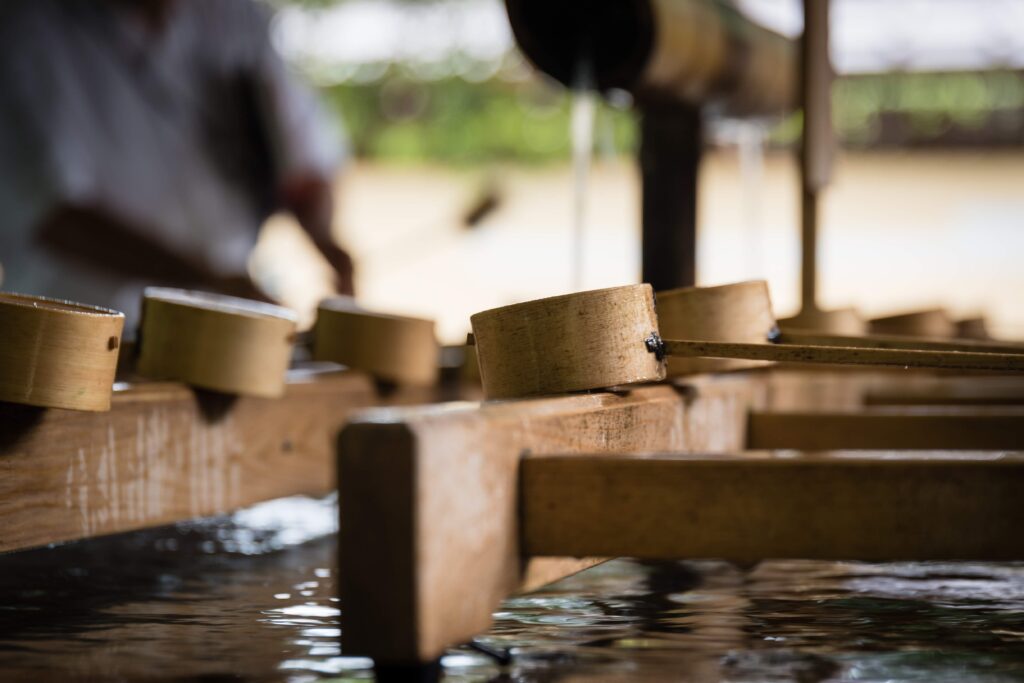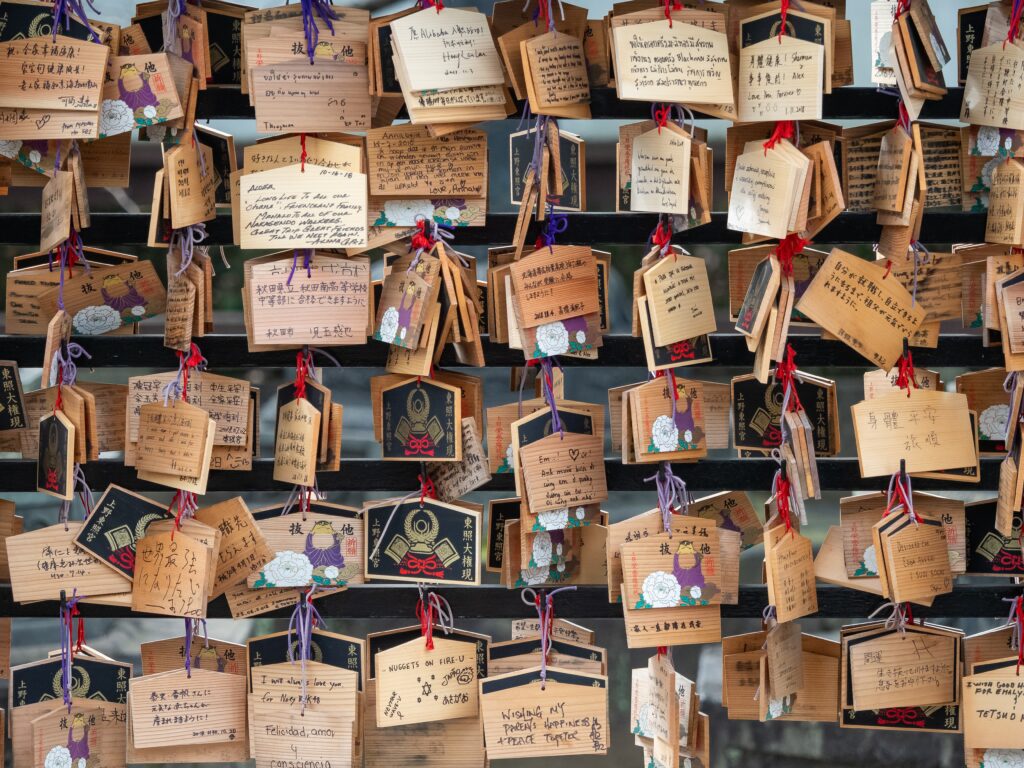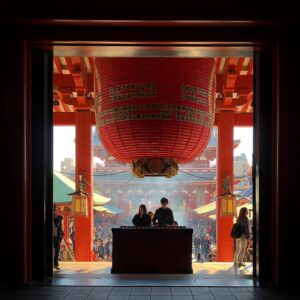The Architectural Style of Shinto Shrines
Contents
The architecture of Shinto shrines reflects the unique traditions and aesthetic sensibilities of Japan. These structures, symbolizing respect for the deities of Shinto and harmony with nature, are an integral part of Japanese culture.
Torii Gates

The Torii gate is one of the most iconic elements of a shrine, marking the entrance to the sacred space. It signifies the transition of worshippers from the secular world to a sacred realm. The shape and material of Torii gates vary, reflecting the characteristics of the region or the shrine.(How to Worship at Shinto Shrines)
Honden (Main Hall)
The Honden is the central building of a shrine, believed to be the dwelling place of the deity. While the interior is generally not accessible to visitors, worshippers can pray from the outside. The architectural style of the Honden varies from shrine to shrine, with unique roof shapes and decorative details.
Haiden (Worship Hall)
The Haiden is where worshippers offer their prayers, located in front of the Honden. This building serves as a space for communication between the gods and humans.
Temizuya (Water Pavilion)

The Temizuya is a place for purifying oneself before entering the shrine. Visitors cleanse their hands and mouth, purifying body and spirit. This ritual is a vital act of showing respect before entering the sacred space. (How to Worship at Shinto Shrines)
Ema (Votive Tablets)

Ema are wooden tablets on which worshippers write their wishes or messages of gratitude. These are hung in specific areas of the shrine, serving as a means to communicate with the deities.
Other Elements
Shinto shrine architecture includes many other characteristic elements, such as stone lanterns, bells, and Kagura halls. Each of these plays an essential role in creating the sacred atmosphere of the shrine and enriching the worship experience.

